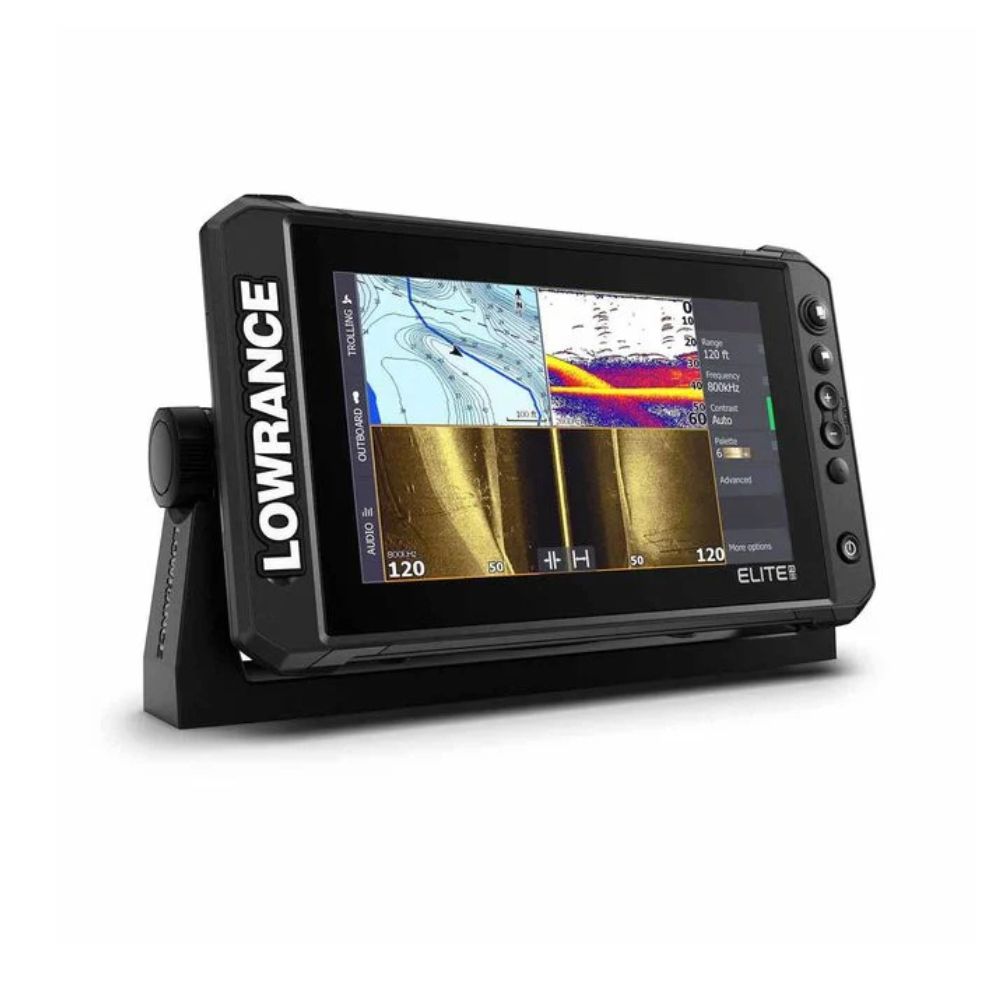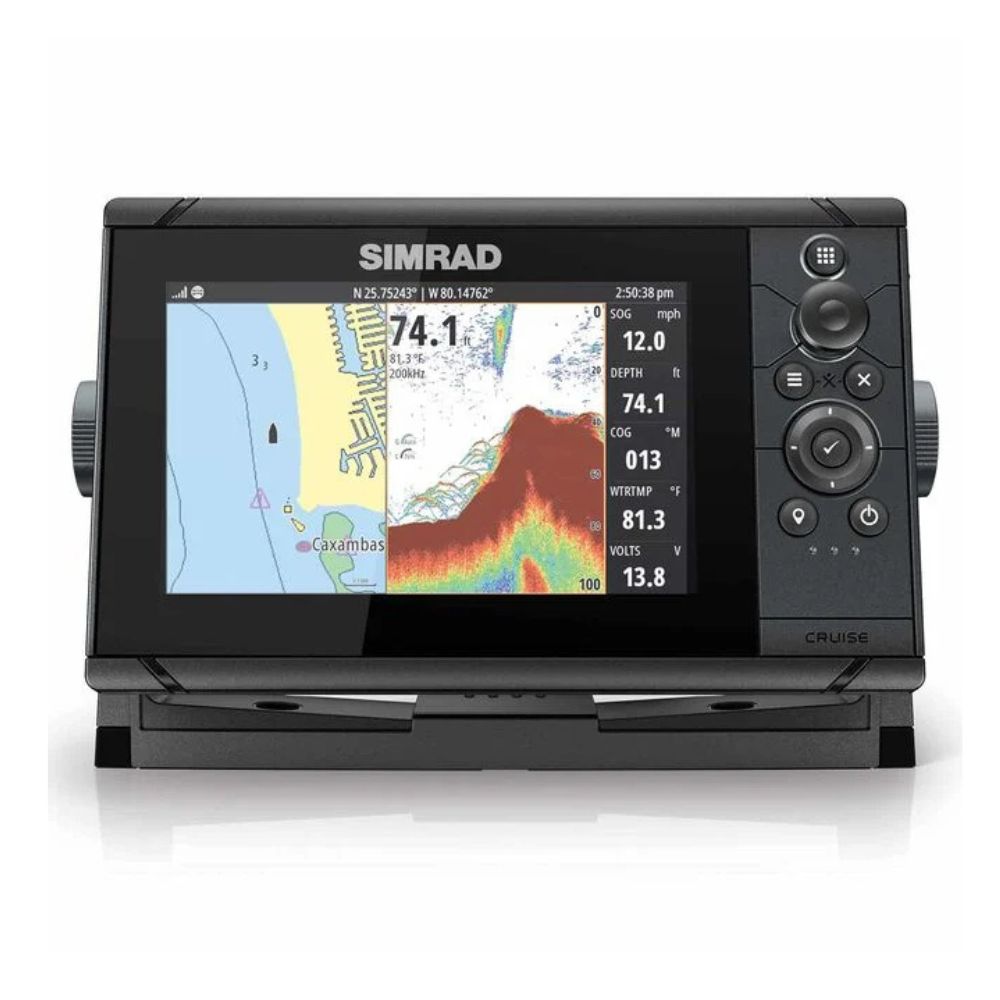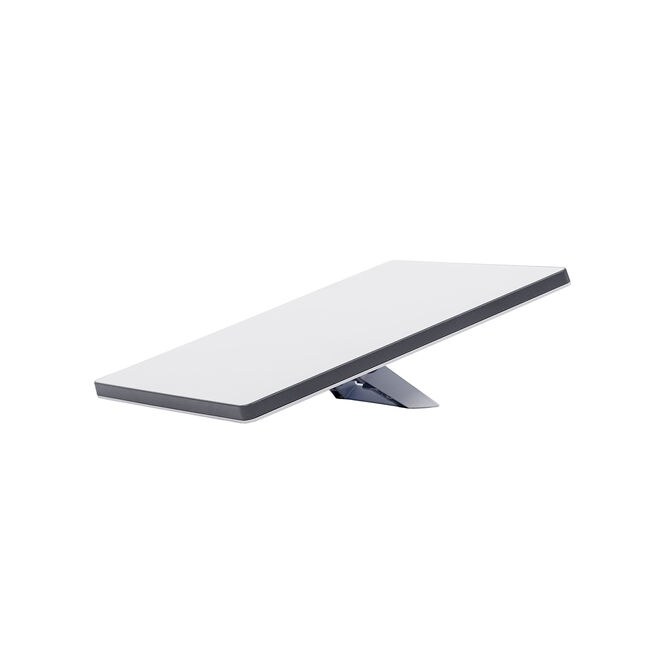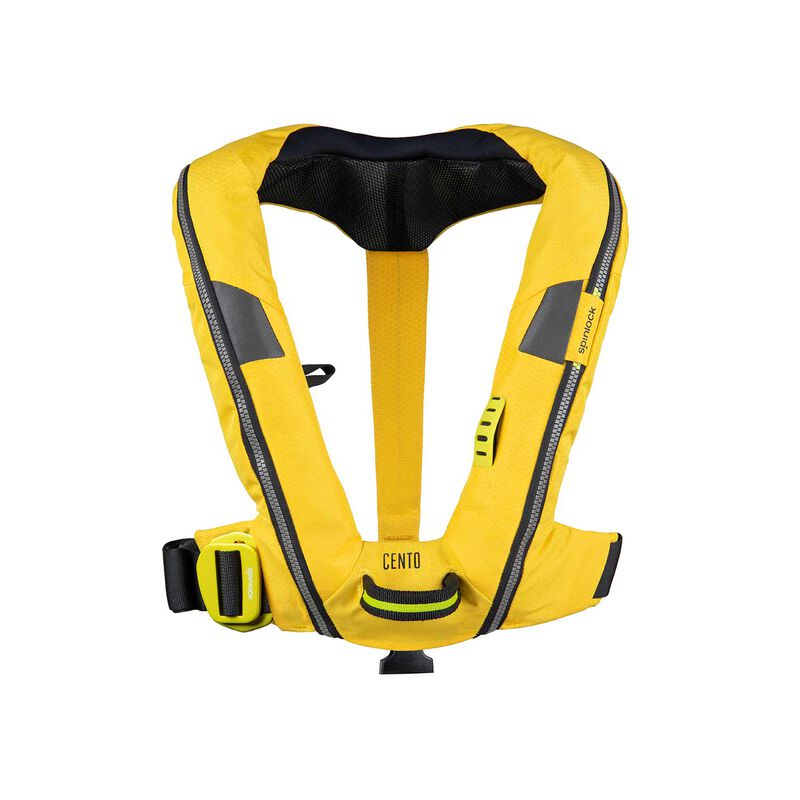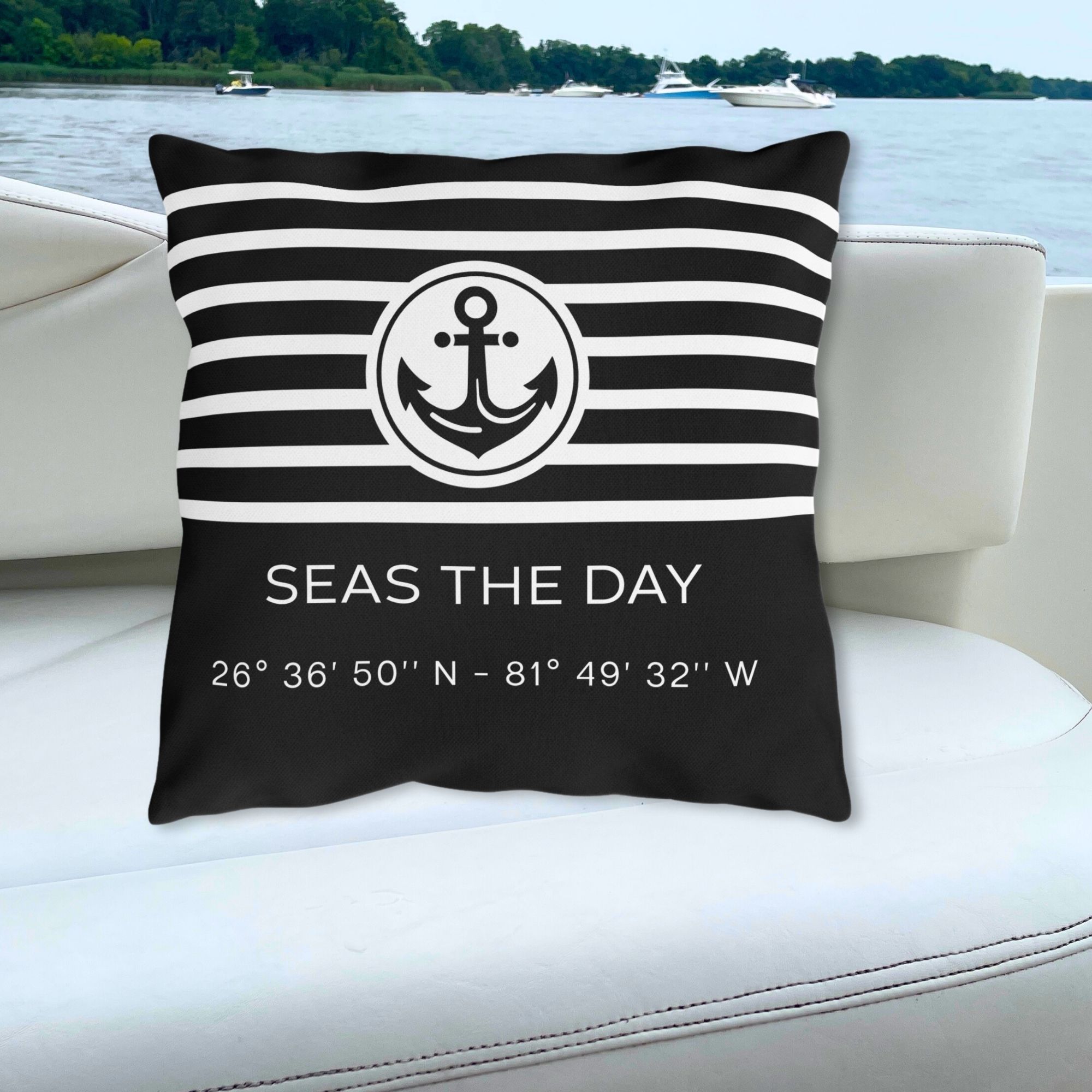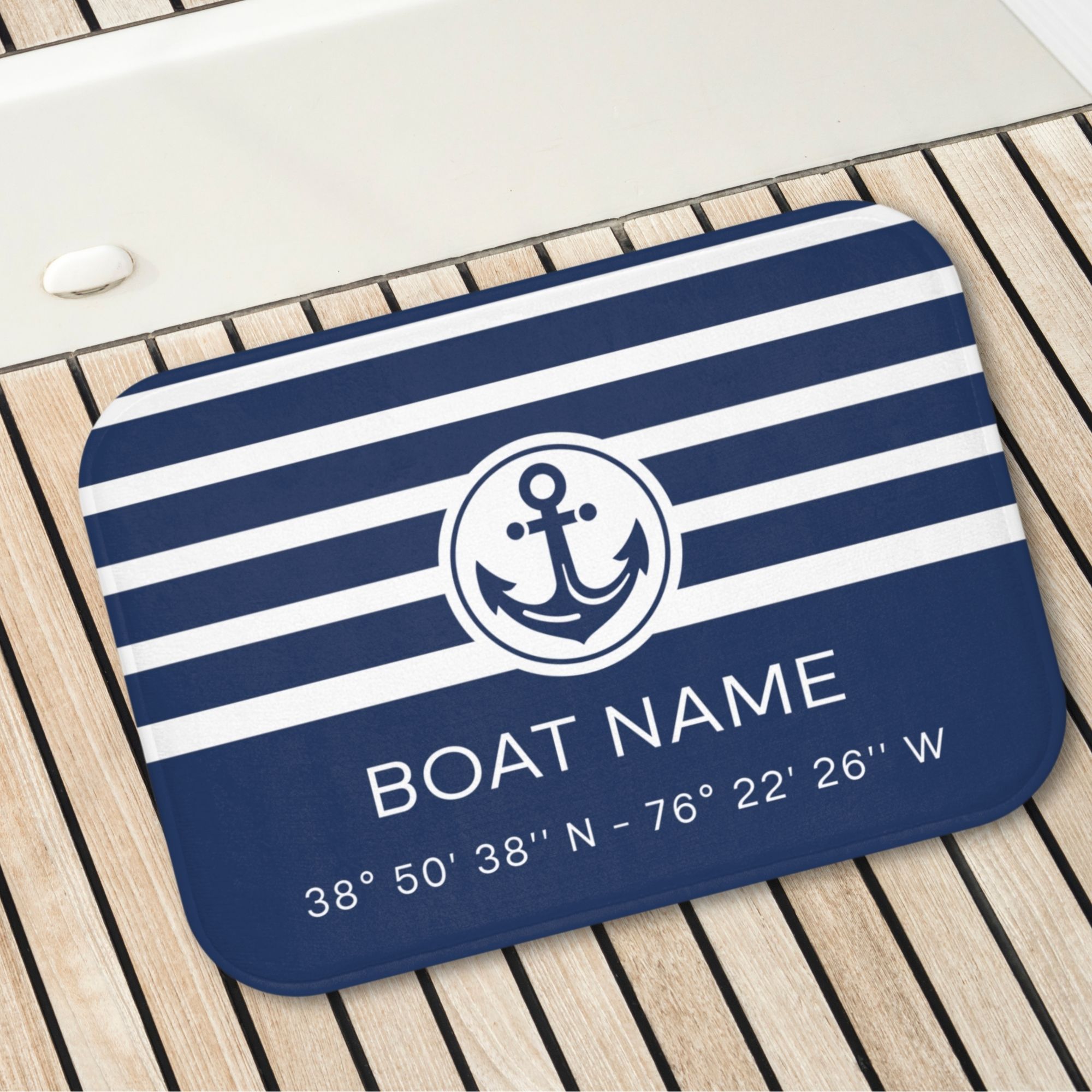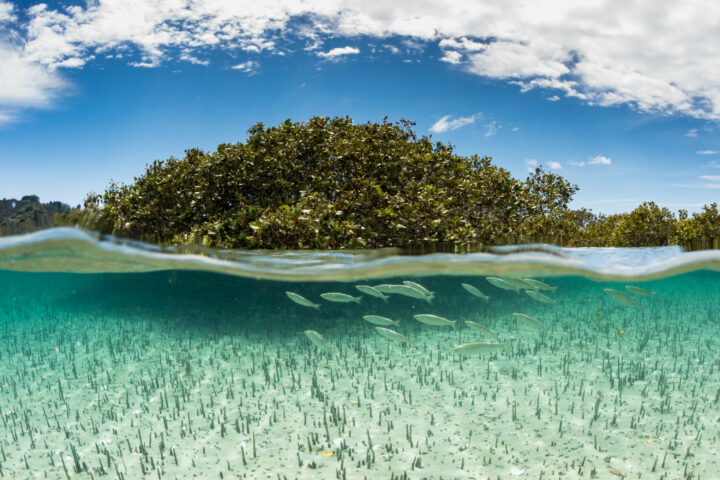
College dropout-turned-inventor develops a screen designed to catch garbage using the ocean’s currents
The Great Pacific Garbage Patch may have met its match in 23-year-old Dutch inventor, Boyan Slat. The college dropout-turned-inventor has developed a screen designed to catch garbage using the ocean’s currents.
After a successful trial run, the Dutch government has approved the Ocean Project Cleanup to station and continue development in California. The prototype of the 2,000-foot screen is set to launch into the Pacific before Labor Day.
Cleaning up Ocean Garbage
The Great Pacific Garbage Patch is a gyre of garbage: plastics bags, fishing equipment, nearly invisible non-biodegradable trash. The garbage patch has gotten so big, it’s now three times the size of France.
Human plastic waste has become so significant that scientists have coined a new term to study the interactions between sea organisms and the massive amounts of plastics in their environments: the plastisphere.
Plastics take thousands of years to degrade. When they finally begin to photodegrade, plastic bags can break up into thousands of small toxic pieces that are ingested by animals in our ocean, causing harmful bioaccumulation in our sea creatures’ food chain.
One man is determined to promote plastic awareness and study at all costs: Benôit Lecomte plans to swim across the Pacific in a six-month period. On June 5, he began his venture in Choshi, Japan, and plans to reach San Francisco by the end of the year. The trip is an estimated 5,500 miles long.
Luckily, Lecomte will have a support craft to rest on after swimming each day for eight hours. His craft will also carry a team that will monitor his vitals and mental health to ensure Lecomte’s safety during his venture.
“The ocean is in peril right now. It has never been done, to collect data from one end of the ocean to the other. … I have been dreaming, eating, sleeping that idea. Now it’s reality,” Lecomte said, according to NBC.
Slat and Lecomte are both doing their part to promote awareness regarding the problems in our oceans.
Slat’s impermeable screen is designed to catch garbage while still enabling sea life to maneuver around its crescent shape. After the screen has caught a significant amount of garbage, large ships will cart off the garbage and deliver it to a recycling center. Each screen costs around $6 million.
While some skeptics don’t think Slat’s idea will work, Slat emphasizes the need to try. Many also don’t think Lecomte will be able to complete his mission to swim across the Pacific.
“Human history is a long list of things that were impossible and then that were done,” said Slat in response.
Let’s just hope Lecomte doesn’t get caught in one of Slat’s screens.
Trending Now: Must-Have Boat Gear for Your Boat Life
-
Lowrance Elite FS 9 Fishfinder/Chartplotter Combo
$999.00 Quick ViewBuy on West Marine -
SIMRAD Cruise 7 Chartplotter/Fishfinder Combo
$569.00 Quick ViewBuy on West Marine -
Starlink Mini Kit for High-Speed, Portable Internet on the Go
$599.00 Quick ViewBuy on West Marine -
Spinlock Deckvest Junior Inflatable Life Jacket
$209.00 Quick ViewBuy on West Marine
Trending Now: Custom Boat Decor
-
Boat Pillow with Boat Name & LAT LONG Coordinates
Quick ViewBuy on Etsy -
Boat Pillow with Boat Name & LAT LONG Coordinates- Black
Quick ViewBuy on Etsy -
Coastal Blue Stripes Bathmat with Anchor & Boat Name
Quick ViewBuy on Etsy -
Custom Boat Mat with Boat Name & LAT LONG Coordinates
Quick ViewBuy on Etsy
Disclosure: This site may contain links affiliated with companies where we receive compensation. Also, as an Amazon Associate we may earn from qualifying purchases we refer but it does not impact the price you pay. Full disclosure policy.

